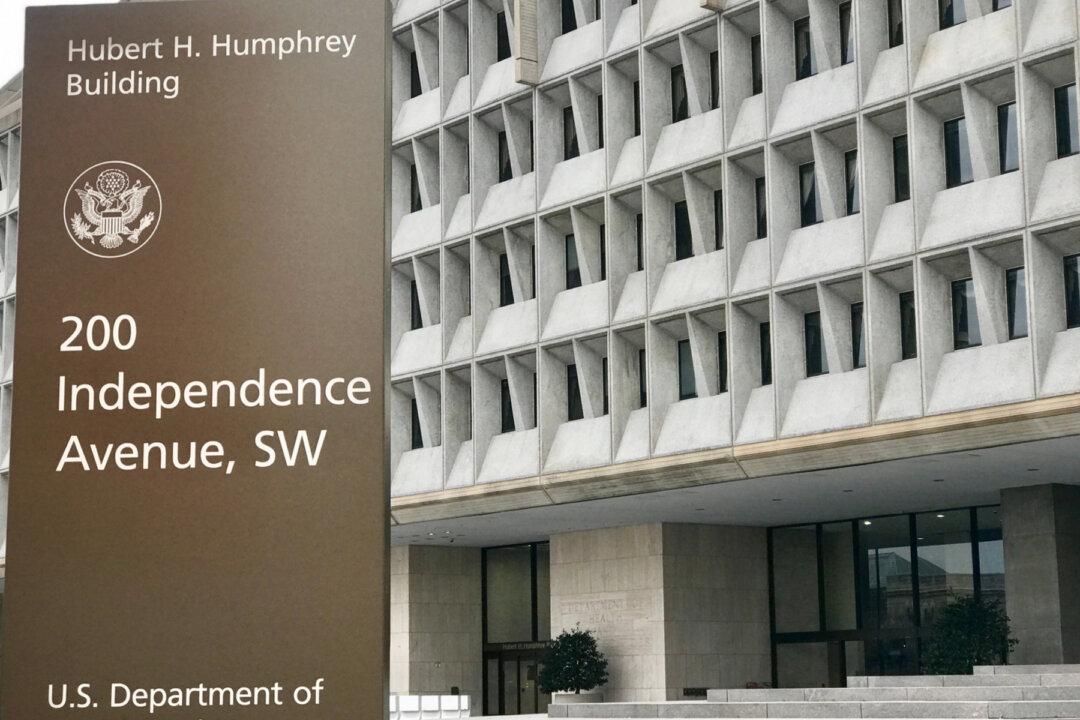The federal Office of Family Assistance has proposed a change to welfare policy that would defund pregnancy resource centers offering alternatives to abortion.
The centers make it possible for pregnant women to keep their babies by helping them build a stable life by providing parenting classes, baby clothes, diapers, and sometimes a monthly payment to bridge them into housing or work. The agency wants fewer babies born to single mothers.





